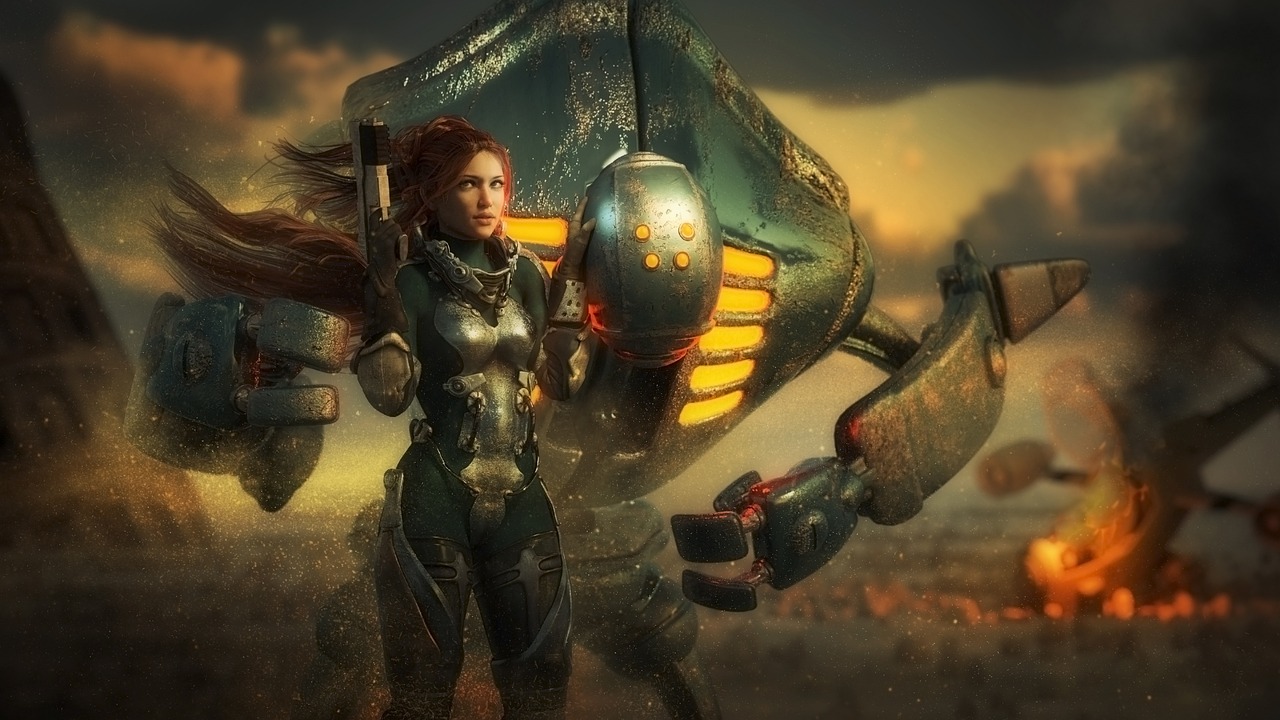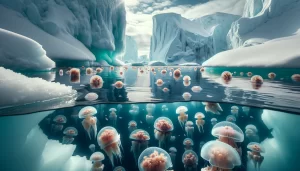The advent of Computer-Generated Imagery (CGI) has undoubtedly revolutionized the landscape of filmmaking, taking audiences on a visual journey that was once confined to the realms of imagination. This article delves into the evolution of CGI, exploring its humble beginnings, technological advancements, and its transformative impact on the world of cinema.
The Birth of CGI:
CGI made its first notable appearance in the 1973 film “Westworld,” where it was used to depict a robotic point of view. However, it wasn’t until the 1980s that CGI started gaining traction as a tool for creating more complex visual effects. Films like “Tron” and “The Last Starfighter” showcased the potential of computer-generated imagery.
Technological Milestones:
The 1990s marked a significant leap in CGI technology with films like “Jurassic Park” and “Terminator 2: Judgment Day.” These movies featured groundbreaking visual effects that seamlessly blended computer-generated creatures with live-action footage. The ability to create realistic, dynamic characters opened up new possibilities for filmmakers.
CGI in the New Millennium:
As technology continued to advance, the 2000s saw a surge in the use of CGI in various genres. Films like “The Matrix” trilogy pushed the boundaries of what was visually achievable, while fantasy epics like “The Lord of the Rings” showcased CGI’s role in building immersive worlds. Directors and visual effects artists began to see CGI not just as a tool but as an integral part of storytelling.
The Rise of Motion Capture:
The introduction of motion capture technology further elevated CGI in the 21st century. Actors could now deliver nuanced performances that were translated into digital characters, as seen in films like “Avatar” and “The Polar Express.” This brought a new level of realism to CGI, making it an indispensable part of blockbuster filmmaking.
CGI in Contemporary Cinema:
Today, CGI is omnipresent in virtually all film genres. From superhero extravaganzas like the Marvel Cinematic Universe to intimate dramas, filmmakers leverage CGI to enhance storytelling, create breathtaking visuals, and bring to life worlds that were once unimaginable. Advances in rendering techniques and computing power continue to push the boundaries of what can be achieved on the big screen.
Criticisms and Challenges:
Despite its widespread use, CGI has not been without its criticisms. Some argue that an overreliance on CGI can detract from the emotional impact of a film, while others express concerns about its impact on practical effects and traditional filmmaking techniques. Striking the right balance between CGI and practical effects remains a challenge for filmmakers.
CGI has transformed the visual aspect of cinema
The evolution of CGI stands as a testament to the relentless pursuit of innovation in filmmaking. From its modest beginnings to its current omnipresence, CGI has not only transformed the visual aspect of cinema but has also reshaped storytelling possibilities. As technology continues to advance, the future promises even more breathtaking possibilities for filmmakers willing to explore the ever-expanding frontier of computer-generated imagery.




